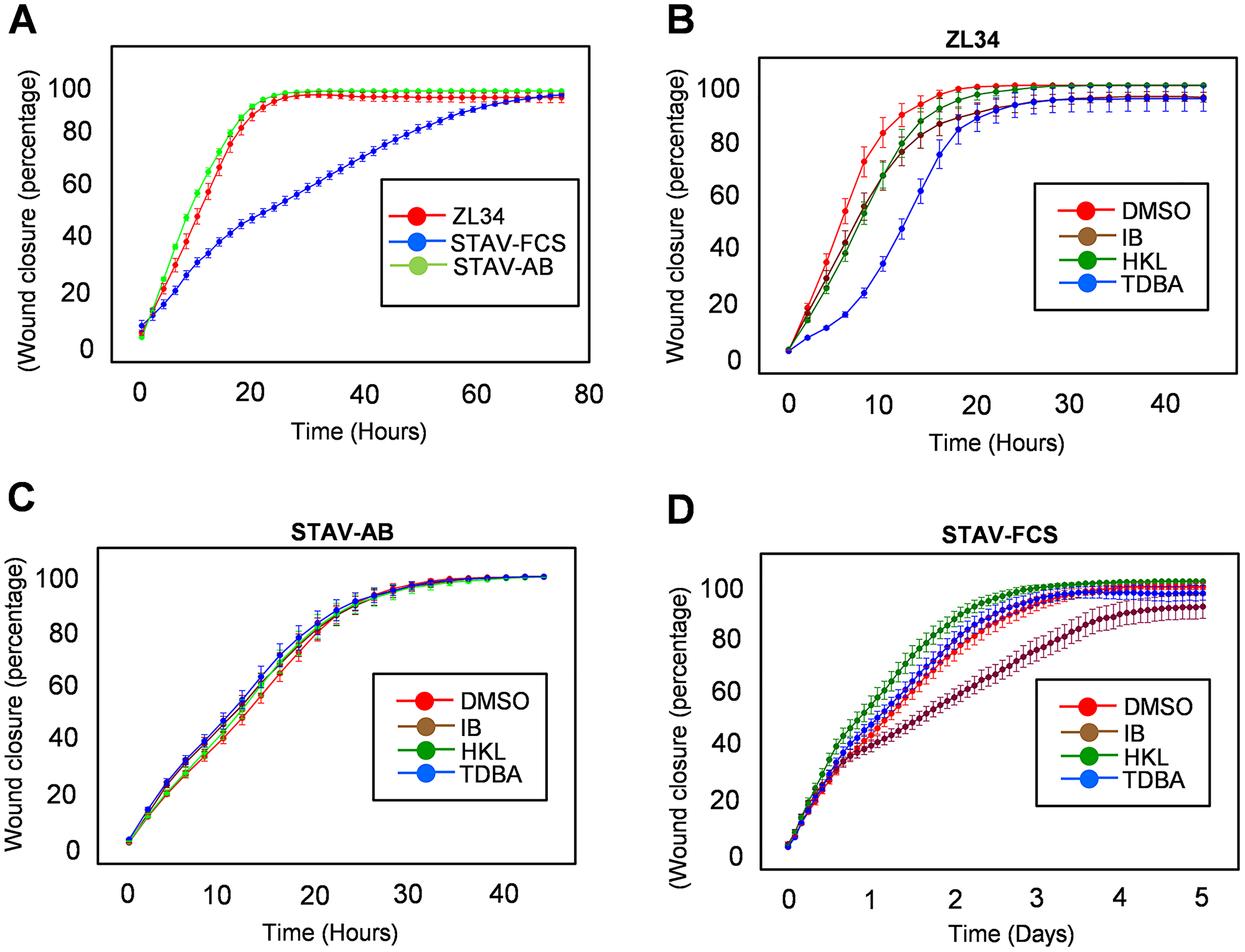Oncotarget published "Inhibitors of cytoskeletal dynamics in malignant mesothelioma" which reported that Malignant mesotheliomas are highly aggressive mesenchymal tumors that originate from mesothelial cells lining serosal cavities; i.e., the pleura, peritoneum, and pericardium.
Classically, there is a well-established link between asbestos exposure, oxidative stress, release of reactive oxygen species, and chronic inflammatory mediators that leads to progression of MMs. MMs have an intermediate phenotype, with co-expression of mesenchymal and epithelial markers and dysregulated communication between the mesothelium and the microenvironment.
These Oncotarget authors have previously shown that the organization and function of key cytoskeletal components can distinguish highly invasive cell lines from those more indolent.
These Oncotarget authors have previously shown that the organization and function of key cytoskeletal components can distinguish highly invasive cell lines from those more indolent.
One of these, imipramine blue, was particularly effective in counteracting some key malignant properties of highly invasive MM cells.
This opens a new possibility for targeted inhibition of MMs based on well-established molecular mechanisms.
Dr. Pontus Aspenström from The Karolinska Institutet as well as Uppsala University said, "Living organisms are formed by a number of cell types that work together to maintain normal tissue homeostasis."
There is a well-established link between asbestos exposure, release of reactive oxygen species and inflammatory mediators, which collectively lead to malignant transformation of mesothelial cells and progression of MMs. However, there is also a significant number of cases with unknown etiology, in particular with peritoneal MMs.
The three cytoskeletal filament systems are actin filaments, intermediate filaments and microtubules, and these are all critical for the control of cell morphogenesis, contraction, cell migration, and intracellular transport of vesicles and organelles.
In cancers, the organization and function of key cytoskeletal components are altered, and we have shown that careful analysis of these changes can provide clues to the malignancy grade of MMs. Early diagnosis of MMs and new diagnostic tools are urgently needed to effectively treat patients with MMs.
STAV-FCS, STAV-AB, and ZL34 cells were all derived from pleural effusions of patients with MMs. Based on their overall morphology, STAV-AB cells have been classified as epithelioid, and STAV-FCS and ZL34 cells have been classified as biphasic.

Figure 5: Effects of the inhibitors on the migratory properties. (A–D) Wound closure measures for migratory properties of ZL34 (A, B), STAV-AB (A, C) and STAV-FCS (A, D) cells for 80 h in the absence of treatments (A) and for 48 h in the presence (B–D) of 0.2% DMSO (vehicle control), 0.5 μM imipramine blue (IB), 20 μM honokiol (HKL) or 1 μM Tris-dibenzylideneacetone-dipalladium (TDBA), as assessed using an imaging device (IncuCyte).
These authors have previously shown that ZL34 cells are highly migratory and invasive in two-dimensional and 3D migration assays, whereas STAV-FCS cells show low migratory and invasive behaviors.
The Aspenström Research Team concluded in their Oncotarget Research Output that the data presented here show that IB, and to a lesser extent TDBA, can influence the malignant properties and behavior of MM cells.
This was of particular significance for the highly malignant ZL34 MM cell line, but was also apparent for STAV-FCS cells.
Collectively, this data indicate that these different MM cells are differentially responsive to compounds that have negative influences on oxidative stress.
IB appears to be the most effective of these to counteract the malignant properties of the MM cells, although these cells at different stages of malignancies responded differentially to the treatments, where ZL34 cells were the most responsive.
Inhibitors that act in the same way as IB have the potential to slow/ inhibit/ block cell transformation, which thus indicates their potential use for cancer therapies for patients with MMs. As well as the need for ex-vivo evaluation of cytotoxic drug responses in patient-derived MM cells, such inhibitors of cytoskeletal dynamics will be tested further as a promising new class of agents that can modulate tumor aggressiveness, and can thus potentially improve survival of patients with MMs.
Sign up for free Altmetric alerts about this article
DOI - https://doi.org/10.18632/oncotarget.27843
Full text - https://www.oncotarget.com/article/27843/text/
Correspondence to - Pontus Aspenström - [email protected]
Keywords - malignant mesothelioma, actin dynamics, vimentin, cytoskeleton, imipramine blue
About Oncotarget
Oncotarget is a bi-weekly, peer-reviewed, open access biomedical journal covering research on all aspects of oncology.
To learn more about Oncotarget, please visit https://www.oncotarget.com or connect with:
SoundCloud - https://soundcloud.com/oncotarget
Facebook - https://www.facebook.com/Oncotarget/
Twitter - https://twitter.com/oncotarget
LinkedIn - https://www.linkedin.com/company/oncotarget
Pinterest - https://www.pinterest.com/oncotarget/
Reddit - https://www.reddit.com/user/Oncotarget/
Oncotarget is published by Impact Journals, LLC please visit https://www.ImpactJournals.com or connect with @ImpactJrnls
Media Contact
[email protected]
18009220957x105





